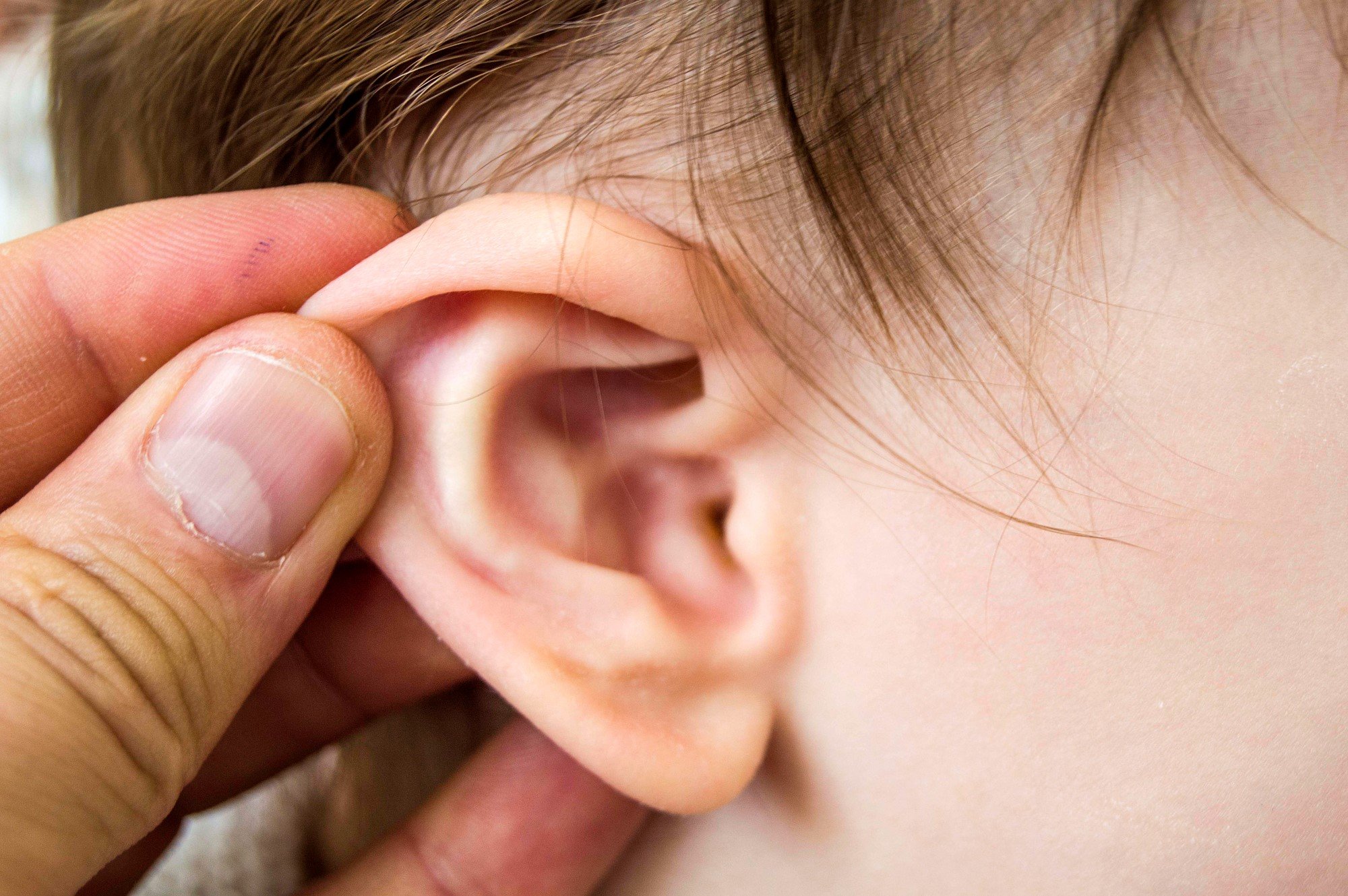Earaches and ear infections can have a variety of causes—viral, bacterial and fungal—and can affect different parts of the ear. Common infections include inner ear, middle ear and outer ear infections (or what is commonly known as “swimmer’s ear).
Ear infections also can be caused by scratching the ear canal when cleaning their ear, especially if a cotton-tipped applicator or dangerously sharp small object, such as a hair clip, is used. In other cases, a middle ear infection can cause an external infection to develop through the draining of pus into the ear canal through a hole in the eardrum.
Inner Ear
Infections of the inner ear usually result from viral illnesses, such as influenza, and can cause vertigo (a feeling that things are moving when they are not), dizziness, nausea, imbalance, difficulty concentrating, tinnitus (ringing in the ears), reduced hearing and other symptoms. These symptoms also may be caused by head injuries, drug reactions, allergies, underlying medical disorders or aging. If you have these symptoms, you should see a physician evaluation to make the diagnosis and to begin appropriate treatment.
If the symptoms are caused by a virus, the infection usually improves on its own. However, a doctor may recommend taking prescription or over-the-counter anti-nausea medications or receiving an injection to control the symptoms. Recurrent symptoms may indicate Meniere’s disease, a disorder in which fluid builds up in the inner ear and causes vertigo and balance problems.
Middle Ear
The middle ear is the small part of the ear just inside the eardrum; it is connected to the throat through a small tube. This part of the ear can get infected when germs from the nose and throat are trapped following the blockage of the connecting tube, usually during a cold. A physician evaluation is required to make the diagnosis and to begin appropriate treatment. Middle ear infections are more common in young children and usually show up as ear pain and fever, which can sometimes be high.
Symptoms of middle ear infections include:
- Earache (ranging from mild to severe). Babies with middle ear infections may cry, fuss and tug at their ears.
- Fever.
- A plugged feeling in the ears accompanied by trouble hearing.
- Thick, yellow discharge (when the infection has caused the eardrum to burst, fluid to flow out and pain to subside; this is not a serious condition and the eardrum usually heals on its own).
Many ear infections go away without treatment; however, eardrops or antibiotics may be prescribed, depending on the severity of the infection and the age of the child. Over-the-counter pain relievers containing acetaminophen such as Tylenol may help, as does applying a warm (not hot) washcloth or heating pad on the ear, and rest. Do not give aspirin to persons under age 19.
Ear infections may cause temporary difficulty with hearing. Seek medical attention especially for hearing in young children, since the ability to learn to talk is affected by hearing.
Swimmer’s Ear
Swimmer’s ear involves an infection of the ear canal (the tubular opening that carries sounds from the outside of the body to the eardrum). The infection can be caused by many different types of bacteria or fungi, and usually develops in teens and young adults whose ears are exposed to excessive amounts of water, such as the water in a swimming pool or lake. Often, people affected by swimmer’s ear have been diving or swimming for long periods of time, and usually in chlorinated or polluted waters, although even water from the shower can transport infectious bacteria directly into the ear canal. Swimmer’s ear is most common in warm climates and occurs more often during the summer months, when more people are swimming. The infection typically begins gradually and usually within a day of being immersed in water.
Symptoms of swimmer’s ear include:
- Severe ear pain that gets worse when the outside part of the ear (also known as the pinna), is pulled or pressed. (Itching may also occur in the ear canal before the pain begins.)
- A reddened or swollen outer ear, with enlarged and tender surrounding glands.
- A greenish-yellow pus discharge along with possible difficultly in hearing (if passage of sound through the ear canal is blocked by the pus buildup).
- A slight fever, in some cases.
Seek emergency care if you have any of the following symptoms:
- Pain in an ear with or without fever.
- Itching of the ear or ear canal.
- Loss of hearing or difficulty hearing in one or both ears.
- Pus or discharge from an ear, especially if it’s thick, yellow, bloody, or foul-smelling.
Medical treatment of swimmer’s ear will depend on the severity of the pain and the extent of infection. Mild infections may require your doctor to prescribe eardrops with antibiotics or corticosteroids. If treated with medication, swimmer’s ear is usually cured within seven to 10 days, although you may need to avoid the water for a longer time. In addition, ear pain may increase for 12 to 24 hours following treatment, after which it should subside.
In more severe cases of swimmer’s ear, the opening into the ear may be narrowed by swelling, in which case the ear may need to be cleaned and a cotton wick inserted before the eardrops can be applied. In addition, a culture of the ear may be taken to help identify the cause of the infection, and oral antibiotics may be prescribed.
 American College of Emergency Physicians
American College of Emergency Physicians







